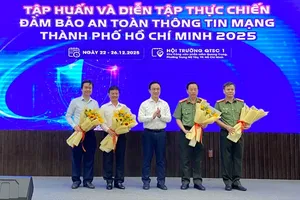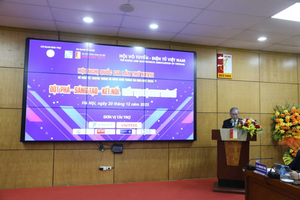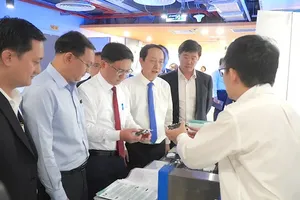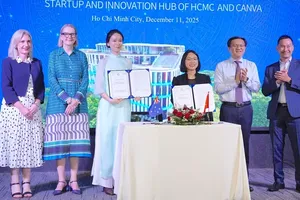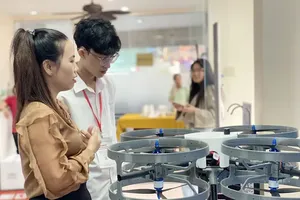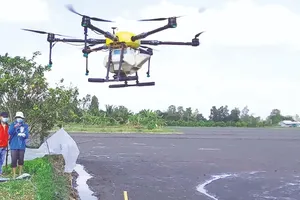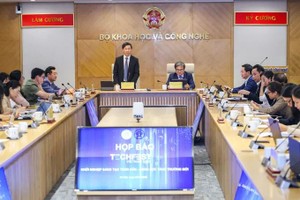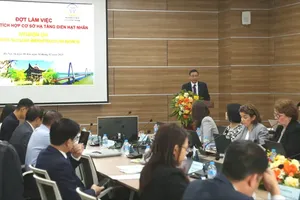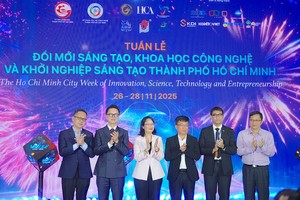 Illustrative image. (Photo: VNA)
Illustrative image. (Photo: VNA)
Approved by the government in January last year, the national program will provide further assistance for businesses – the driver of the economy and innovation, said Ta Viet Dung, Deputy Director of the MoST’s State Agency for Technology Innovation.
It focuses on product innovation, from developing new products to innovating technology-based production and management processes; technology innovation; and adoption of new market approach and development methods.
It also encourages technology transfer for the development of rural, mountainous and disadvantaged areas, and enhances training of workforces in these areas.
It is very important to raise awareness of the nature of and opportunities brought by innovation among Vietnamese businesses, particularly small- and medium-sized enterprises (SMEs) that face various challenges and struggle to gain access to governmental incentives, Dung said, noting that the provision of information, technological consultation and support to call for investment in technology innovation are crucial.
He further said that the agency has been taking measures to push for innovation within enterprises, improve regulatory frameworks, and formulate a systematic support network that brings together parties from both at home and abroad to help firms innovate.
Additionally, the agency will promote business matching events in technology and regularly organize activities to offer technical consultation and support for firms.
Dung emphasized the need to foster decentralization and effective coordination among sectors, centrally and locally-run authorities responsible for accelerating innovation; remove barriers in terms of legislation, economic policies, finance and public administration that hinder innovation and technology development; and adopt sandboxes for the testing of policies that boost the use of new technologies and business models.
It focuses on product innovation, from developing new products to innovating technology-based production and management processes; technology innovation; and adoption of new market approach and development methods.
It also encourages technology transfer for the development of rural, mountainous and disadvantaged areas, and enhances training of workforces in these areas.
It is very important to raise awareness of the nature of and opportunities brought by innovation among Vietnamese businesses, particularly small- and medium-sized enterprises (SMEs) that face various challenges and struggle to gain access to governmental incentives, Dung said, noting that the provision of information, technological consultation and support to call for investment in technology innovation are crucial.
He further said that the agency has been taking measures to push for innovation within enterprises, improve regulatory frameworks, and formulate a systematic support network that brings together parties from both at home and abroad to help firms innovate.
Additionally, the agency will promote business matching events in technology and regularly organize activities to offer technical consultation and support for firms.
Dung emphasized the need to foster decentralization and effective coordination among sectors, centrally and locally-run authorities responsible for accelerating innovation; remove barriers in terms of legislation, economic policies, finance and public administration that hinder innovation and technology development; and adopt sandboxes for the testing of policies that boost the use of new technologies and business models.
